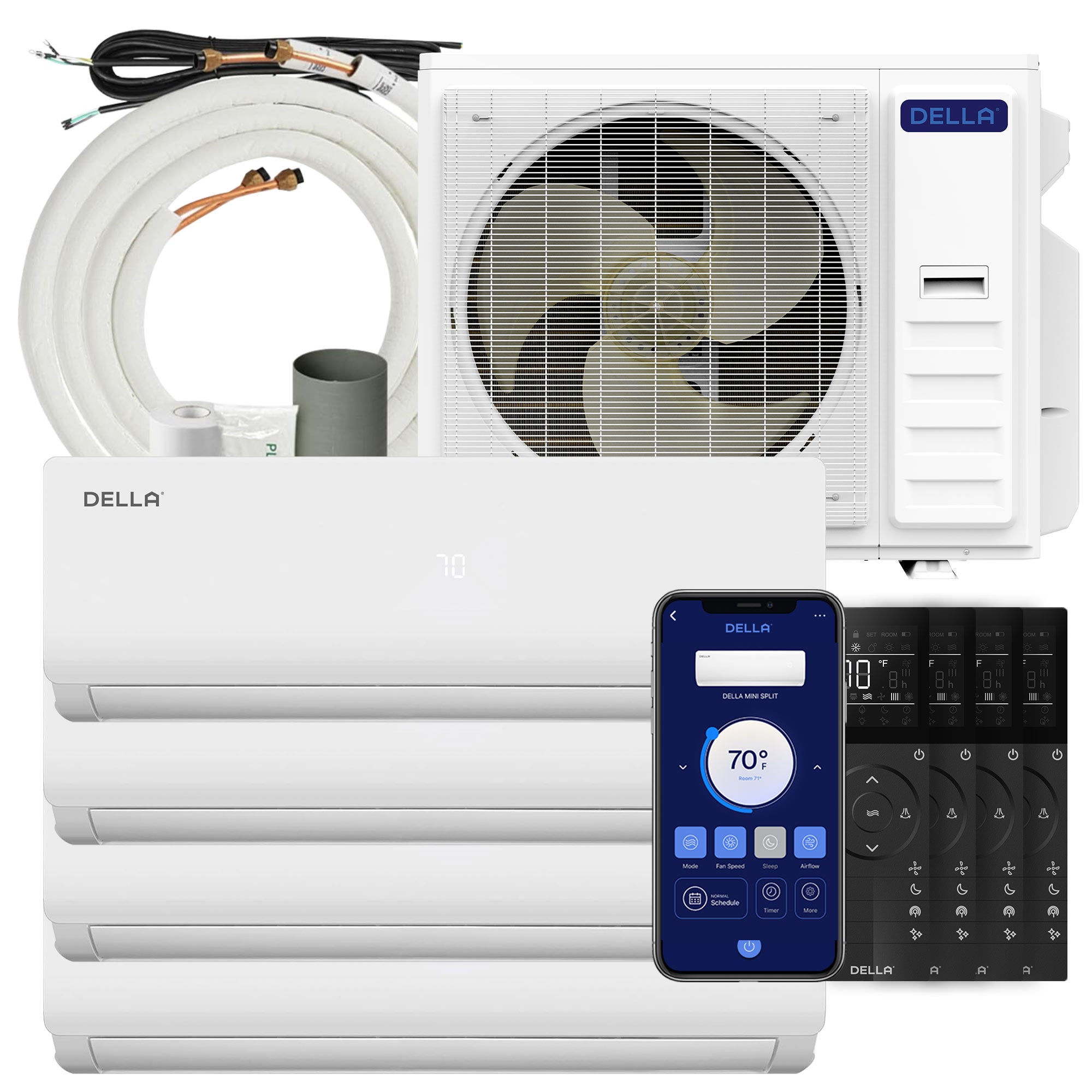Indoor air quality (IAQ) is an essential factor for health, comfort, and overall well-being. Many homeowners wonder: Do mini split hvac systems improve indoor air quality? The answer is generally yes. Mini splits, also known as ductless HVAC systems, offer several features that can enhance the cleanliness and quality of indoor air compared to traditional heating and cooling systems.

How Mini Split Systems Work
A typical mini split HVAC system consists of:
-
An outdoor compressor/condenser unit
-
One or more indoor air-handling units
Unlike traditional central HVAC systems, mini splits are ductless, meaning they deliver air directly to each room without passing through long ductwork. This design has important implications for air quality.
Key Ways Mini Splits Improve Indoor Air Quality
1. No Ducts, Less Dust and Allergens
Traditional ducted HVAC systems can accumulate dust, pollen, pet dander, and mold inside the ducts over time. As air circulates, these contaminants can spread throughout the home.
Mini splits eliminate ductwork, which:
-
Reduces the risk of airborne particles being distributed.
-
Limits buildup of dust and allergens in hidden areas.
-
Provides cleaner, fresher air in every room.
2. Advanced Filtration Options
Most mini split units come with built-in filters that capture dust, pollen, and other airborne particles. High-end models often include:
-
HEPA or electrostatic filters for ultra-fine particles.
-
Activated carbon filters to reduce odors and VOCs.
-
UV light or antimicrobial coatings in some units to inhibit mold and bacteria growth.
Regular maintenance, including cleaning or replacing filters, ensures that the system continues to trap contaminants effectively.
3. Reduced Moisture and Mold Growth
Mini splits manage humidity efficiently during both cooling and heating. Proper moisture control prevents mold and mildew, which can negatively impact indoor air quality and trigger allergies or respiratory issues.
-
Indoor units produce condensate during cooling, which is drained away, keeping surfaces dry.
-
Many units include a dry mode or humidity control settings to maintain optimal indoor conditions.
4. Better Ventilation with Fresh Air Options
Some mini split systems can be paired with ventilation accessories that introduce fresh outdoor air while filtering it before it enters your home. This improves air circulation and reduces the concentration of indoor pollutants.
Comparison With Traditional HVAC Systems
-
Ducted Systems: Can distribute dust, allergens, and mold throughout the home if ducts are dirty. Require regular duct cleaning to maintain IAQ.
-
Mini Splits: Ductless design prevents airborne contaminants from circulating widely, reducing exposure to allergens and improving overall air quality.
In addition, mini splits are easier to clean and maintain, which contributes to consistently healthy indoor air.
Tips to Maximize Indoor Air Quality With a Mini Split
-
Clean or replace filters regularly (every 1–3 months).
-
Inspect the indoor and outdoor units for dust and debris.
-
Use high-quality filters (HEPA or electrostatic) if sensitive to allergens.
-
Maintain proper humidity levels using the system’s settings.
-
Schedule professional maintenance annually to ensure the system operates efficiently.
Conclusion: Cleaner, Healthier Air
So, do mini split HVAC systems improve indoor air quality?
Yes. Their ductless design, advanced filtration, and humidity control make mini splits an excellent choice for homeowners who prioritize clean, healthy indoor air. By reducing dust, allergens, and mold, mini splits not only enhance comfort but also support better respiratory health and overall well-being.
With proper maintenance and the right filters, a mini split HVAC system can significantly improve indoor air quality, making it a smart investment for modern homes.

